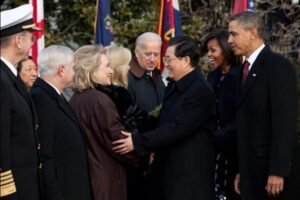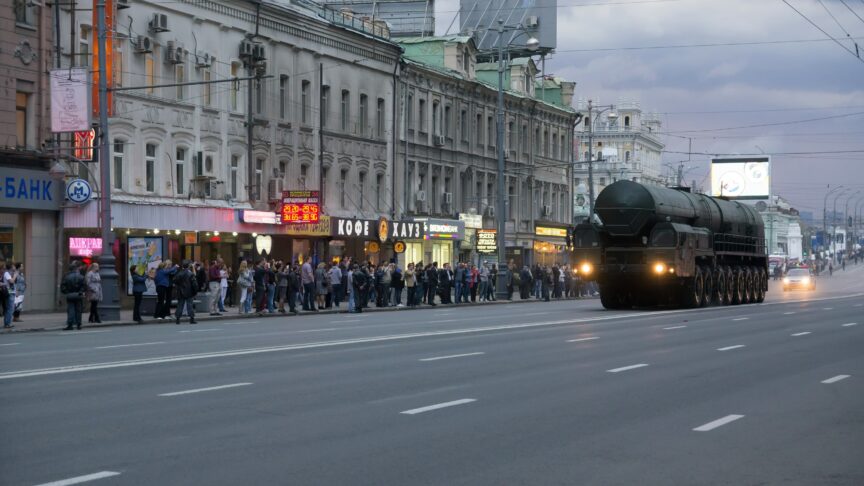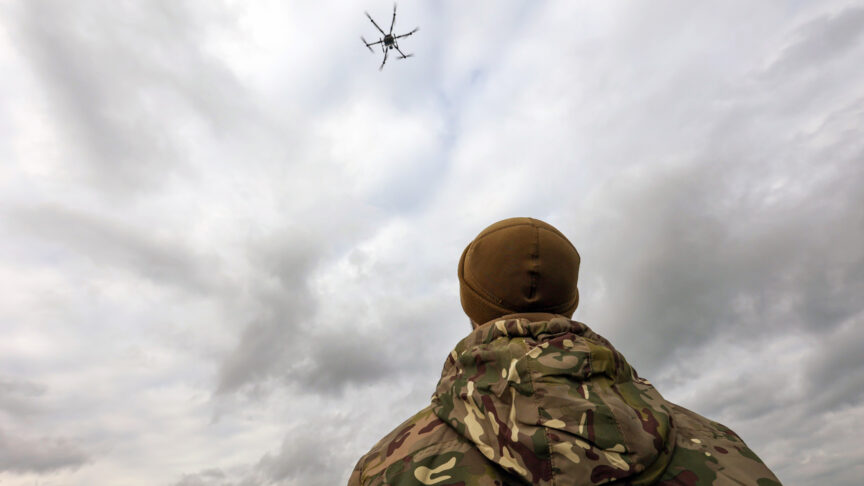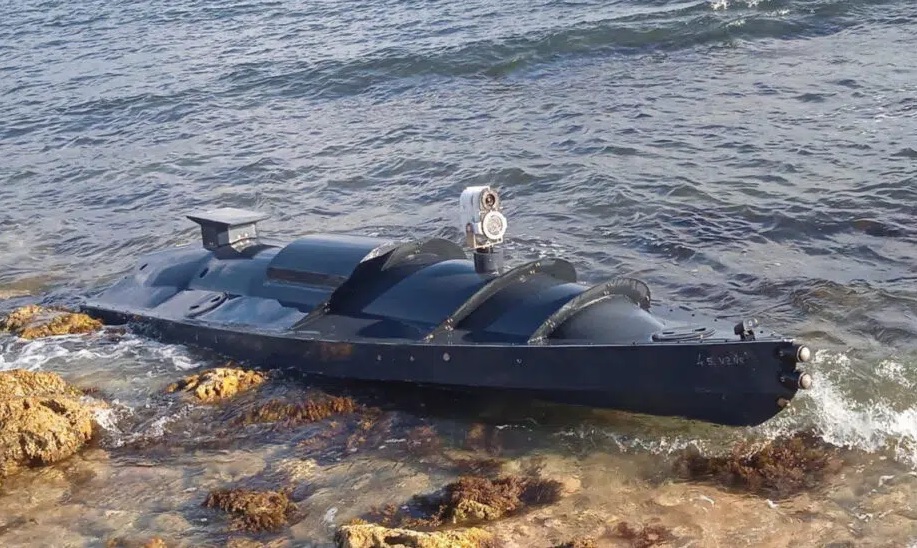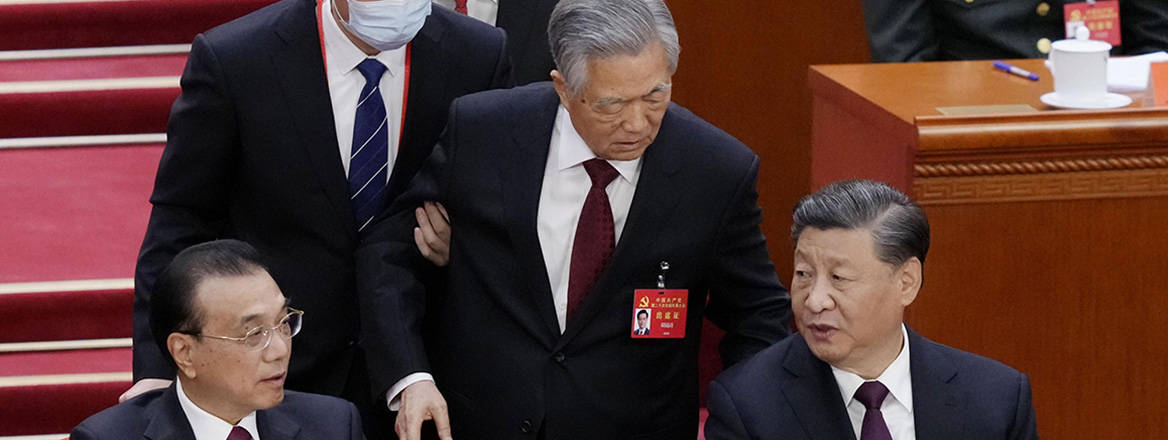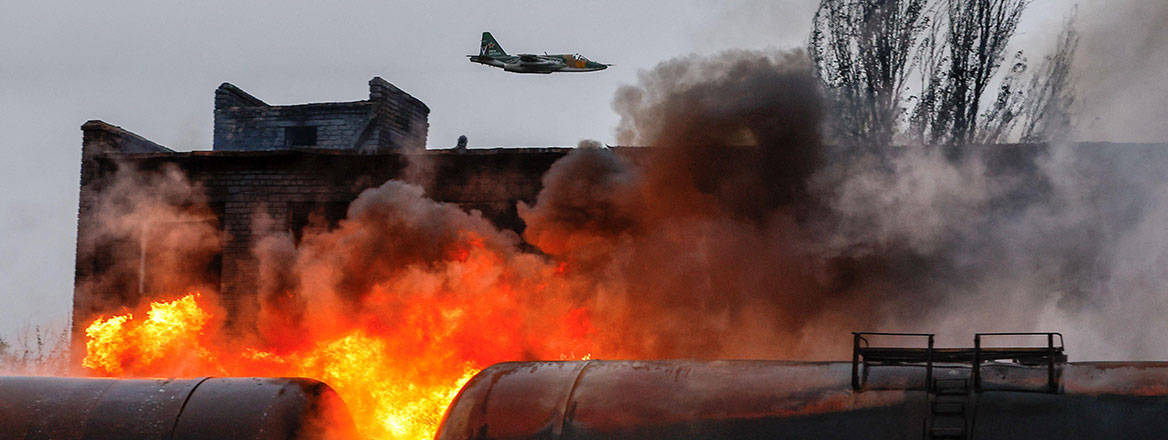Rabah Arezki

This year’s U.N. Climate Change Conference, or COP27—which opened on Nov. 6 in Sharm el-Sheikh, Egypt—has been called “Africa’s COP.” Voices from developing economies, most prominently Barbadian Prime Minister Mia Mottley, have become louder in demanding that richer countries compensate them for “loss and damage.”
That term, used in climate negotiations, refers to the irreversible consequences caused by climate change to which poor countries or communities cannot adapt. When options to adapt exist, they are not affordable to these countries or communities. The debate over loss and damage is occurring at a time when the future of traditional aid is in doubt. Indeed, political support for aid budgets has been dwindling.
Donor countries have increasingly been under pressure from a series of crises—from the global financial crisis in 2008 to the COVID-19 pandemic to Russia’s war in Ukraine—which have raised their debt levels. Fiscal and monetary space is increasingly limited, and taxpayers are facing rising costs of living. Politicians in advanced economies will increasingly face the difficult choice between giving citizens more financial support at home and providing aid internationally.

